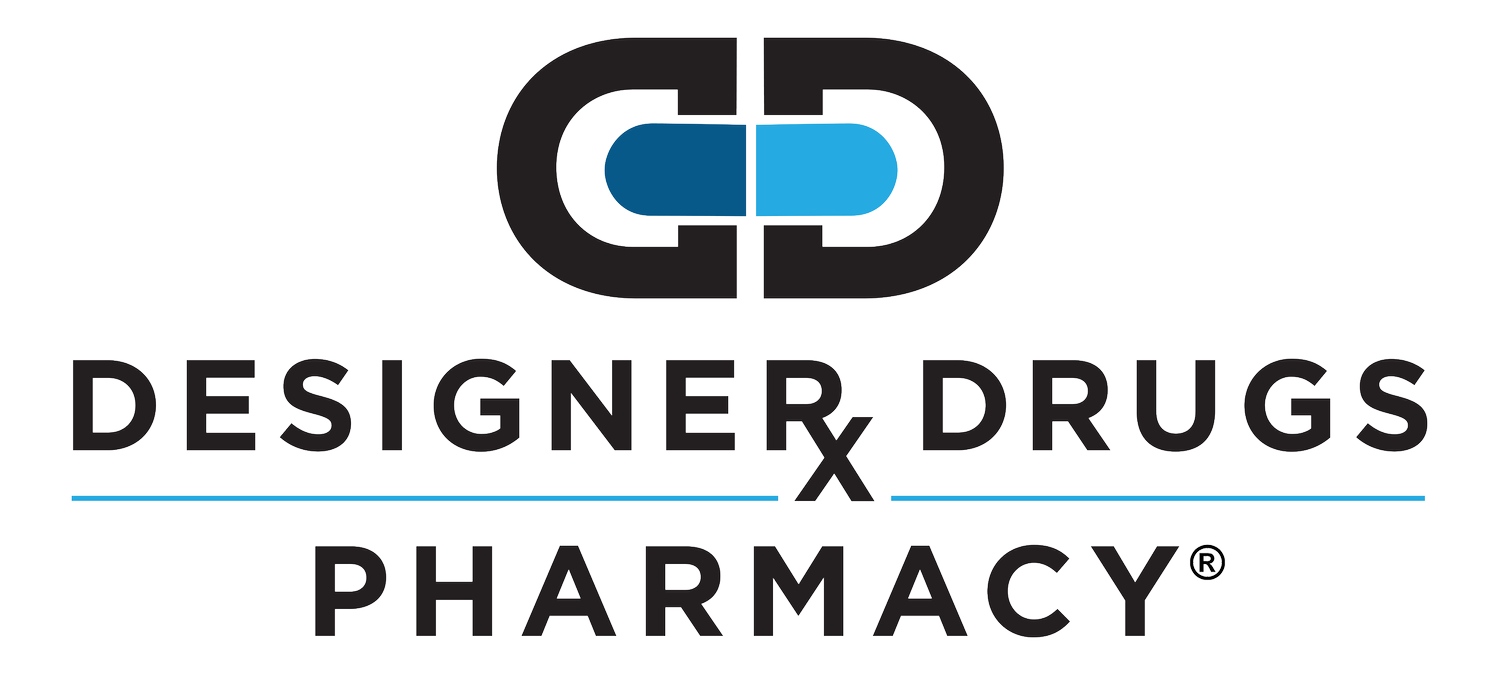What you should know about cataracts
Cataracts cause more vision problems than any other eye condition or disease, and the number of cataracts continues to grow as our population ages. Therefore, it’s likely that each of us has a family member, friend, or even ourselves, that will have cataracts and need treatment. Read below to learn what is a cataract, how we get them, symptoms to look for and how it is treated.
What are cataracts?
Cataracts are the world’s leading cause of blindness, thankfully most cases are treatable. Cataracts occur when the lens in your eye becomes cloudy from protein accumulation, which prevents light passing through. When the light is blocked, it cannot reach your retina, and the signals to your brain about what you are seeing cannot be transmitted. This causes your vision to be cloudy or blurry. There are different types of cataracts, and each can affect each eye at a different rate.
Nuclear cataracts affect the center of the lens. They can cause nearsightedness at first, and if left untreated, can make it difficult to differentiate colors.
Cortical cataracts begin on the edge of the lens. As the streaks grow, they start moving towards the center of the eye.
Posterior subcapsular cataracts begin at the back of the lens and seem to progress faster than other types. Since the cloudiness is directly in the center, reading vision decreases and the glare of nighttime light is worse.
You can also be born with cataracts or develop them in childhood. Some medications, such as long-term steroid use, can also cause a cataract to form.
How do you get cataracts?
It is not exactly understood why people develop cataracts, but there are certain risk factors that can predispose you to developing them. As you get older, the lens in your eye becomes thicker, causing the protein and tissue to break down and clump together. As this happens, the lens becomes clouded, which causes blurry vision. Other risk factors include smoking, obesity, high blood pressure, diabetes, and certain medications, like long-term use of steroids. There is no way to prevent the cataract from forming, but it is thought that having a diet rich in fruits and vegetables could be protective. Also, managing other health problems could decrease your risk of developing a cataract.
What are the top signs and symptoms to look for?
Initially, you may not notice any vision changes since the developing cataract is small and affects only a part of your lens. Most of the time, a cataract develops slowly, so it may be difficult to realize you are affected. Since cataracts prevent light from entering the eye, one of the first symptoms is cloudy, blurry, or foggy vision. Driving at night becomes a problem because of the glare or “halo” around oncoming headlights and traffic lights. Eventually, daytime driving is affected as well. Double vision is also a common occurrence. Depending on the type of cataract, you may notice a fading or yellowing of colors.
If you have experienced any of these symptoms, it may be time to schedule an eye exam with your optometrist. Once a treatment plan has been developed - this typically involves cataract removal - we can help by making your post-surgical medication regimen easier. Ask about CatarActive3, a 3-in-1 combination eye drop that can be used after your surgery.
How do you treat cataracts?
If your doctor has diagnosed you with having a cataract, the only treatment is surgery to remove the cloudy lens and replace it with an artificial one. However, if caught early, you may be able to correct your vision with glasses or contacts. When surgery is your best option, you and your doctor will decide which type of cataract removal surgery is best for you. Cataract surgery is a very common procedure which typically takes 15-20 minutes and does not require an overnight hospital stay. You will be awake but sedated during your procedure and a local anesthetic will be applied to your eye so you will not feel anything.
The type of surgery performed determines your recovery time, but for most patients your vision will get better within weeks or even days after. One thing that is common with all types of surgeries is your post-operative care. Typically, you are required to use 3 types of eye drops after your surgery. An antibiotic, steroid and non-steroidal anti-inflammatory (NSAID) are prescribed to increase outcomes and are an important step in post-surgical recovery. You can simplify this step by using CatarActive3. If you are scheduled for cataract surgery, give us a call to find out if this drop is something you can benefit from after surgery.
Still have questions? Please give us a call and we would be happy to talk with you!
CASSANDRA SEANG joined the Designer Drugs team in 2015 as one of our pharmacists. She is a Chattanooga-native, but earned her B.S. in Chemistry at Georgia State University and Doctor of Pharmacy at Mercer University in Atlanta, GA. She currently leads our Cataractive team and enjoys coordinating care for each of these patients. She has 4 (!!!) young boys, but somehow still has time to travel and frequently bake delicious & beautiful desserts for our pharmacy team.
References
https://www.mayoclinic.org/diseases-conditions/cataracts/symptoms-causes/syc-20353790
https://preventblindness.org/wp-content/uploads/2021/05/MK08-Cataract-Facts-1.pdf
https://www.webmd.com/eye-health/cataracts/what-are-cataracts
